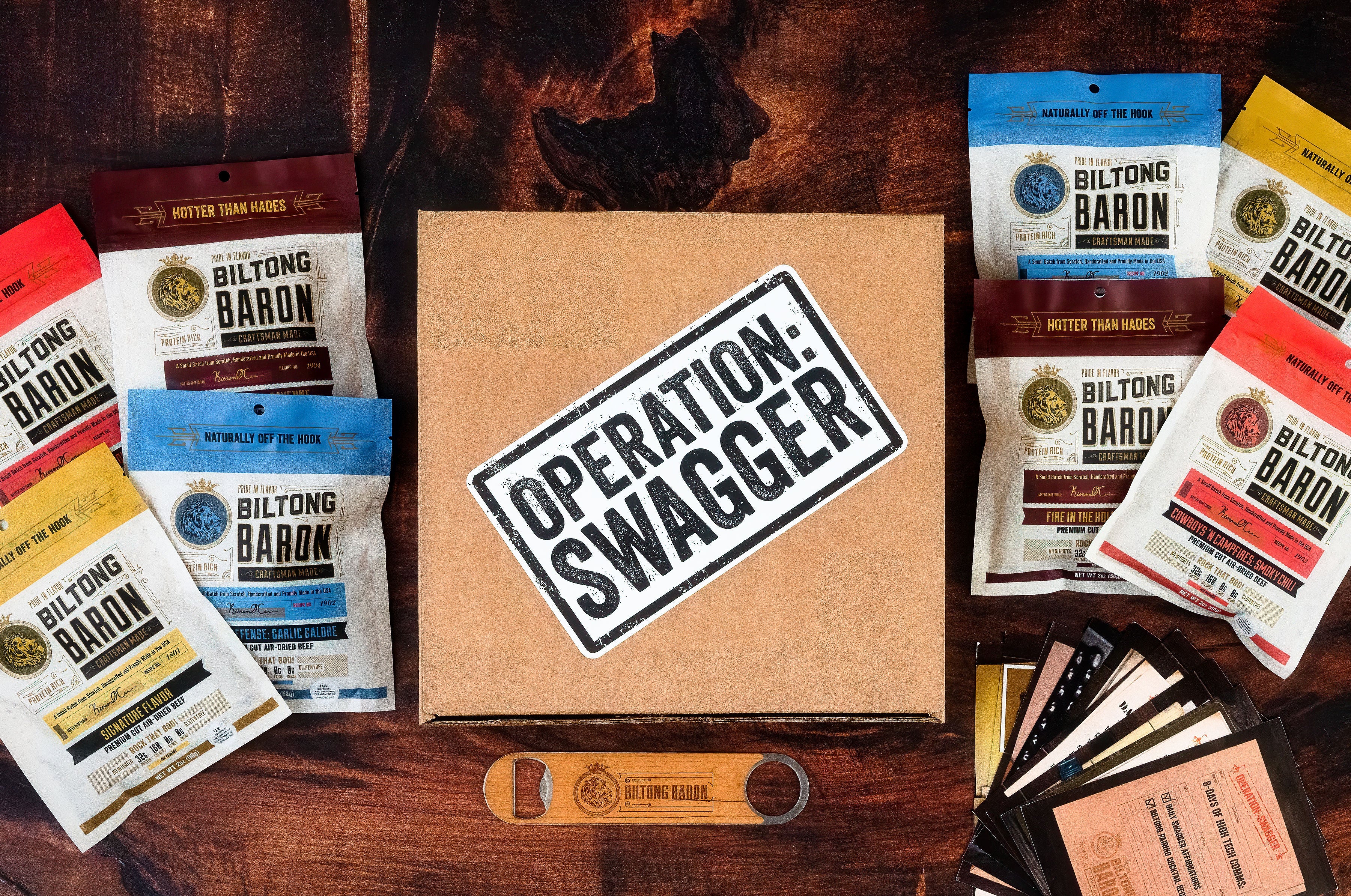-
Recently Viewed
You have no recently viewed items.
-
Featured Brands
- All Products
- About Us
- Contact Us
- Our Blog

Ottoman Beef Jerky: Basturma
From gas station beef sticks to rare exotic jerky, beef jerky is a tasty treat that spans the globe. You can find it practically everywhere.
And while you may think you know jerky, you might be unfamiliar with some of the unique worldwide variations on the dish. In this blog, we’ll cover mouthwatering basturma — a delectable Turkish and Armenian cured meat delicacy
What Is Basturma?
Also referred to as pastirma, pastrami, pastourma, basdirma, bastirma or basterma, basturma is a highly seasoned, air-dried cured meat snack. You can find it among the local cuisines of places such as Turkey, Armenia, Azerbaijan, Bulgaria, Egypt, Greece, Iraq and Macedonia. The word “bastirma” is derived from the Turkish term “bastirmak,” meaning to depress or restrain.
You can make basturma using several types of meats and cuts. Traditionally, it’s infused with crushed garlic, hot red pepper powder, cumin and crushed fenugreek paste.
OK, most of those ingredients sound familiar. But what’s fenugreek, exactly? According to “The Cuisine of Armenian” by Sonia Uvezian,
“Fenugreek … is a Eurasian plant, with tiny reddish brown, aromatic, and slightly bitter seeds, which are ground and employed in the preparation of a spicy hot paste used in making basterma.”
This exotic beef jerky is ready to go when you’ve mixed in the seasonings and the meat is thin and firm enough to slice with a sharp knife.
The result? A spicy, salty and chewy snack you won’t soon forget.
Basturma: Origin and History
People originally used basturma to help sustain families through long winters in the Middle East after the 1915 Armenian Genocide.
Many claimed basturma fought winter fatigue, germs and viruses with its spicy taste and strong smell. They also said its essential ingredient, fenugreek, boosted immunity and iron levels, reduced cholesterol and sugar and even increased milk for breastfeeding mothers.
One basturma origin story suggests Central Asian horsemen invented the dish — they packed seasoned beefsteaks beneath their saddles before battle. The story goes that the horse’s sweat and the constant pounding between the saddle and hide sealed and tenderized the meat, creating basturma.
Another theory is that the snack originally hailed from the Byzantine city of Caesarea Mazaca (present-day Kayseri in Turkey). There, Armenians perfected basturma and other salt-cured meats during the Late Antiquity period. In fact, the surname “Basturmajian” is still a fairly common family name, meaning “basturma maker.”
Is Basturma Healthy?
While origin stories recount basturma getting families through brutal winters, how many of its purported health benefits are actually accurate?
According to NutritionRank.com, basturma does indeed come with healthy characteristics.
Basturma Calories
Basturma is an average to low-calorie meat snack, with 100 grams of basturma coming in at around 193 calories. For an idea of how much that is, think about the palm of your hand (not including your fingers). That size is roughly equivalent to about 100 grams of meat.
By comparison, 100 grams of ground hamburger beef is around 276 calories, and 100 grams of pork packs about 242 calories.
Basturma Nutrition Facts
This Middle Eastern dish is low in carbohydrates and has an average fat content. Overall, that makes basturma pretty suitable for a low-fat or low-carb diet. It also contains a whopping 19 grams of protein.
And of course, protein boosts energy and immunity in the human body. In short, basturma is like most jerkies: a low-fat, low-carb and high-protein treat (in moderation).

"Basturma from Armenia” by RosarioVanTulpe
Basturma From Different Places
It’s up for debate whether basturma hails from Armenia or Turkey. What’s most likely is that the dish was created by Armenians in Turkey before the Armenian Genocide of 1915.
Whether your jerky is called Armenian basturma or Turkish basturma, the differences are minimal, if any. Basturma found in both places is cured and cut the same way, delivering a delectable dish that transcends borders.
Basturma Meat: Which Is Best?
Traditionally, people use beef or even water buffalo meat for basturma. But you can also make basturma with a variety of animal meats, including goat, veal, lamb, camel and horse.
The most popular kind of basturma dish is made from cured, air-dried beef. If you want the choicest cuts, look for filet, thigh or shoulder.
[Related: Traveling With Beef Jerky: What You Need to Know]
How to Eat Basturma
If you’re looking for a sign of expert curing and freshness in your basturma, make sure your snack has a deep red center. The exterior should be generously coated with a fragrant array of spices, and the meat should be stiff with a low moisture content.
Basturma is great paired with other small snacks on a traditional charcuterie board. But if you’re itching to expand your horizons, you can create a delicious sandwich by adding pickled veggies to basturma slices on freshly toasted French bread.
Other ways of eating basturma include adding it to omelets, chopping and sprinkling it over salads, stirring it in with mashed potatoes and even mixing it into a bowl of cheesy macaroni.
If all else fails, we guarantee basturma is a great snack on its own as well.
Explore the Jerky Universe
Curious about other types of exotic jerky? You're in luck— the Jerky Universe has guides to jerkies from all around the world, including these tasty types:
But there's even more to explore in the Jerky Universe — follow us on social and subscribe to our newsletter below!
- Choosing a selection results in a full page refresh.









